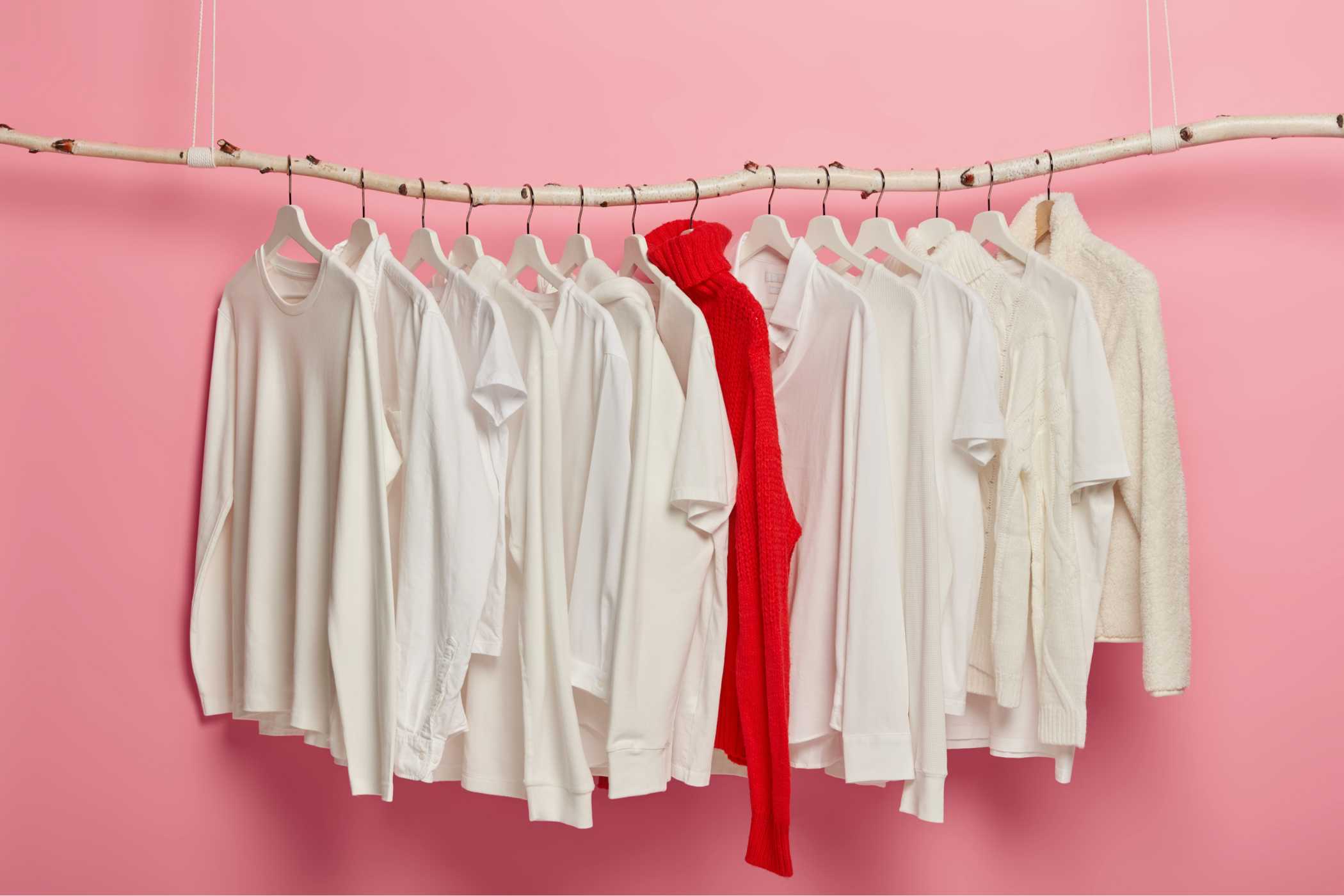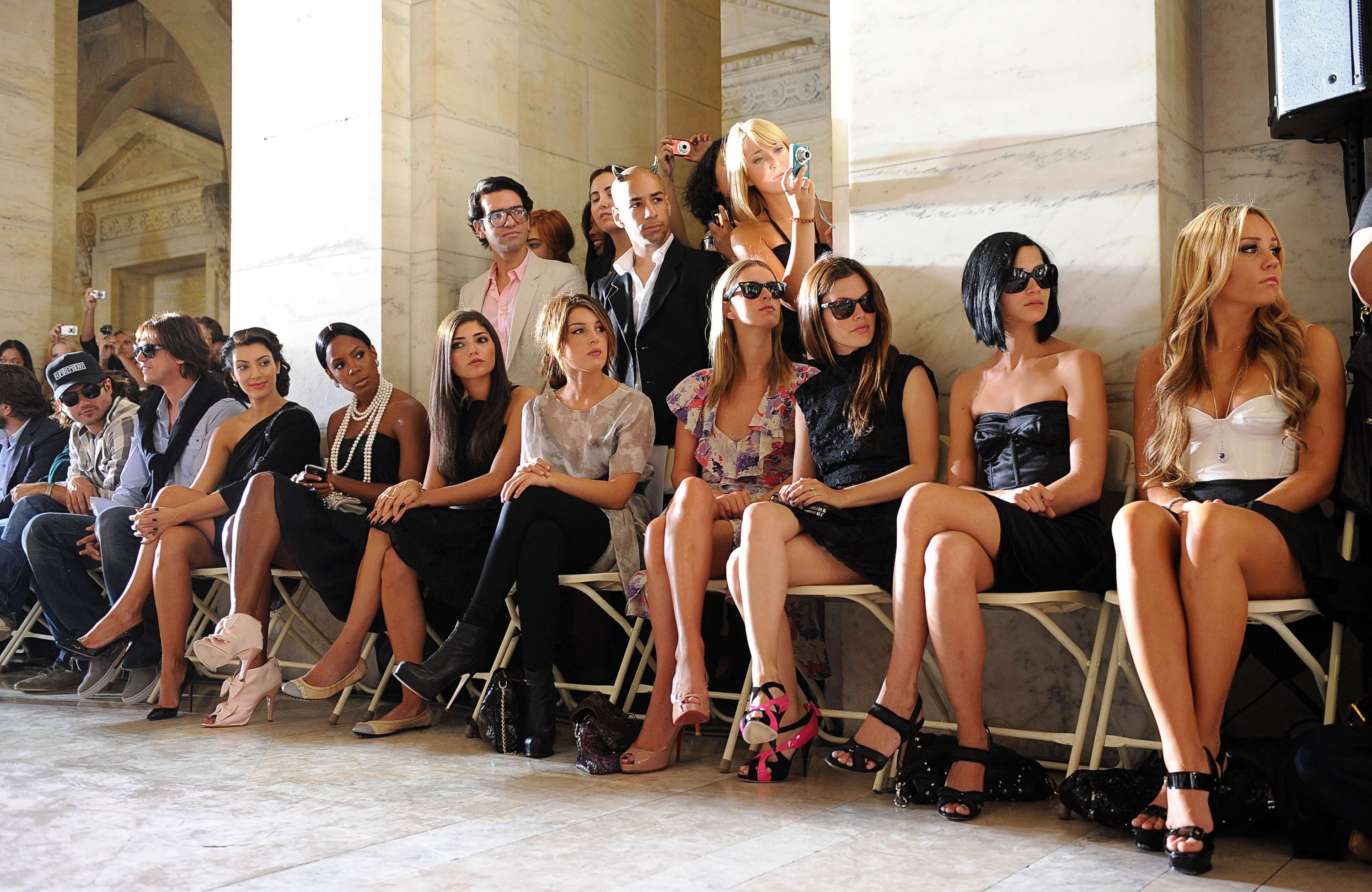Fashion & NFTs: Gap and other Fashion Brand Join the Hype

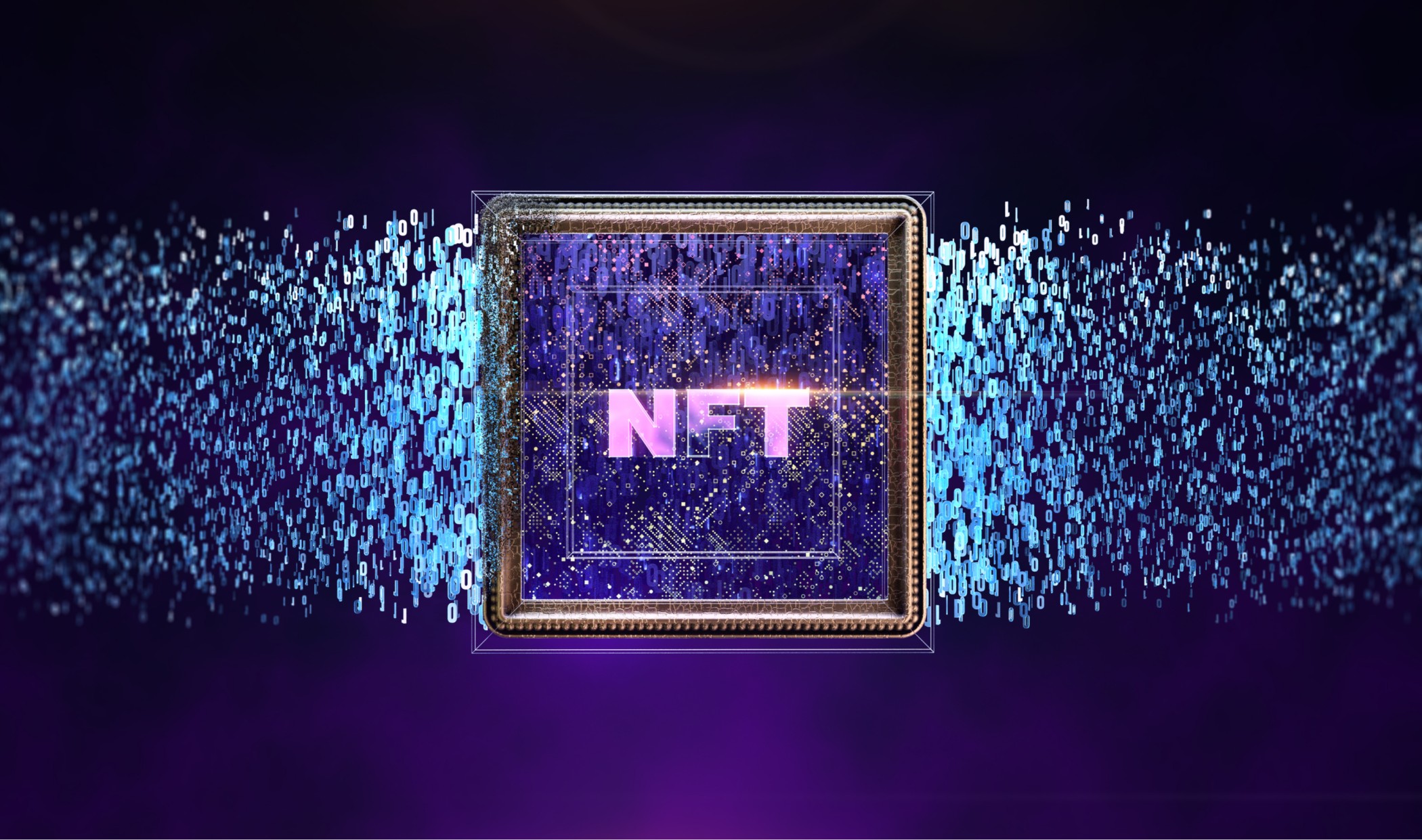

Every decade, a new technology becomes part of our daily lives and reshapes it in a fundamental way. In the 2000s, that technology was the smartphone. The 2010s belonged to social media platforms. What technology will shape and influence the 2020s, especially in the fashion world? Mark Zuckerberg would like that answer to be the Metaverse. That may well be the case someday. But today, the crown of ‘influential technology’ is firmly on the head of NFTs (non-fungible tokens).
What are NFTs?
The NFT craze has swept up the world by storm. NFTs have inspired divided (and intense) reactions. People are either fierce skeptics or devout believers of its impact. Today, public discourse around NFTs is as ubiquitous as the scams and whopping figures related to NFT sales. Given this state, it was inevitable that the fashion industry would get involved in the NFT craze.
What are NFTs exactly? You may have heard the term, even Googled it and yet you are still confused. We get that. This is why we won’t dive into the technical specifics of NFTs and blockchain technology. In our opinion, understanding the social psychology behind the NFT market is more relevant to fashion brands and manufacturers. A concise explainer along those lines will therfore suffice.
Think of the ‘Mona Lisa’–one of the most famous paintings ever created. What’s stopping anyone from creating a fake Mona Lisa and selling it (as the real one) for millions? The answer is an art world of collectors, dealers, institutions etc. The art world is invested in and cares about authenticity. Any good art dealer or collector knows to distinguish between real creations and fake copies. Thus, in spaces like the art or fashion world, there are systems in place to verify the authenticity of physical items (e.g., the ‘Mona Lisa’).
NFTs–and the blockchain technology they rely upon–offer a new verification system for the modern age. Think of NFTs as a digital certificate of proof. Each NFT contains data that proves who owns an item, who sold it to whom, price of sale etc. Today, NFTs are primarily used for digital goods. But as NFTs are applicable for all goods (tangible or intangible), they can be used for anything from a piece of music to a car.
Why Are NFTS So Popular Now (Especially in Fashion)?
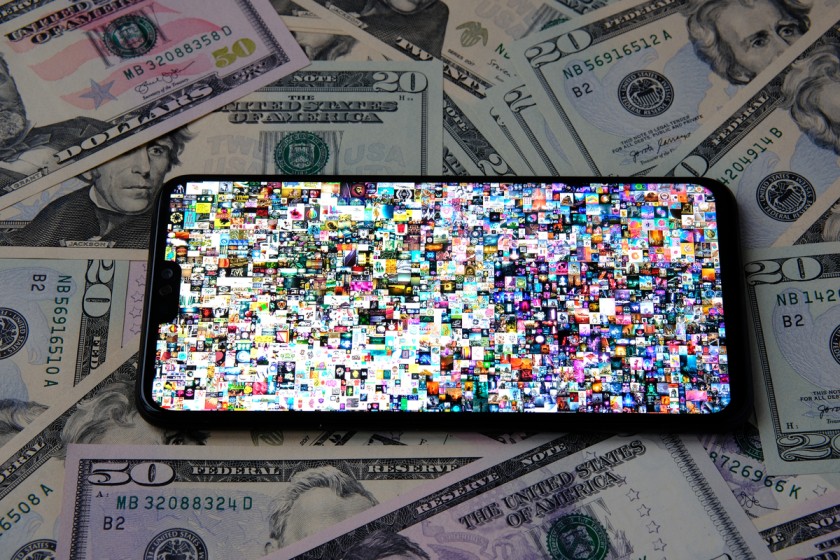
Imagine that you bought a dress from Versace for 1 million dollars. It’s beautiful, elegant and, well, it’s a million dollar Versace dress! You wear it a few times on special occasions. But the dress mostly stays tucked away in your wardrobe.
What if there was a way to show off your dress 24X7 to the world? What if you could always say: “Hey, I am the owner of this beautiful million dollar dress!” According to Coinbase cofounder Fred Ehrsam, the value of NFTs lies partly in the ability to showcase ownership. This applies especially to expensive digital items.
To sum up, for several reasons, NFTs have become the latest way to flaunt wealth and access. This has contributed to the NFT boom we are seeing today. Indeed, in 2021, the NFT market was valued at $41 billion.
Gap Selling NFTs
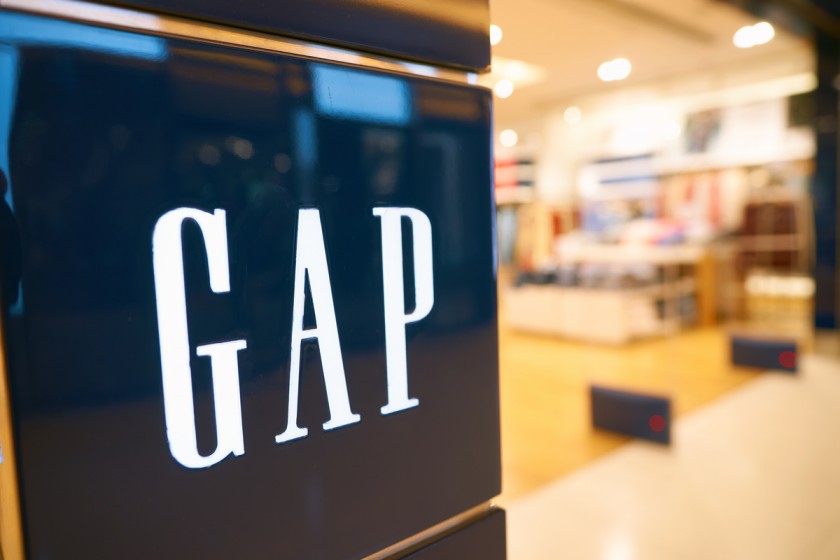
Given the $41 billion valuation of the NFT market, it was inevitable that major fashion brands would join the bandwagon. Brands like Burberry, Gucci and Ralph Lauren were among the first to take the plunge. Now Gap has announced in a press release that it is selling NFT collectibles. These collectibles–which are in the form of digital hoodie art pieces–were first released in January. More NFT drops are expected to follow.
Gap has dubbed its NFT collection as a “gamified experience.” As part of this experience, Gap’s NFTs come in four types (based on ascending rarity): common, rare, epic and one-of-a-kind. So far, Gap has only released common NFTs and will release the other NFT types soon. We are speculating that the prices of the NFTs will reflect their rarity.
Over the years, Gap has been closing more stores as it dials back on its physical presence. Indeed, Gap has no storefronts in the UK and Ireland today. Gap’s actions in the NFT market space are indicative of the fashion brand’s push to go digital. This may help boost its sales and stem financial woes owing to supply chain issues. It is likely that other brands like Gap will also go digital and make NFTs part of their core market strategy.
Conclusion
NFTs have become mainstream in the fashion industry this year. At present, major fashion brands are the only players capitalizing on the trend. More fashion brands, especially small and mid-sized companies, may join the bandwagon soon. Also, as the NFT market gets bigger, more people will be able to afford NFTs.
Minting and selling NFTs as part of your brand merchandising is a great way to improve profits. But brands should keep in mind that the current NFT boom may be a speculative bubble. Indeed, it is difficult to say if the NFT market is sustainable in the long run. Fred Ehrsam advises people to treat NFTs as a “fun experiment.” According to Ehrsham, people should not “spend more than they are willing to lose” on the NFT market. A cautious and pragmatic mindset is therefore ideal for brands looking to capitalize on the fashion NFT craze.
















